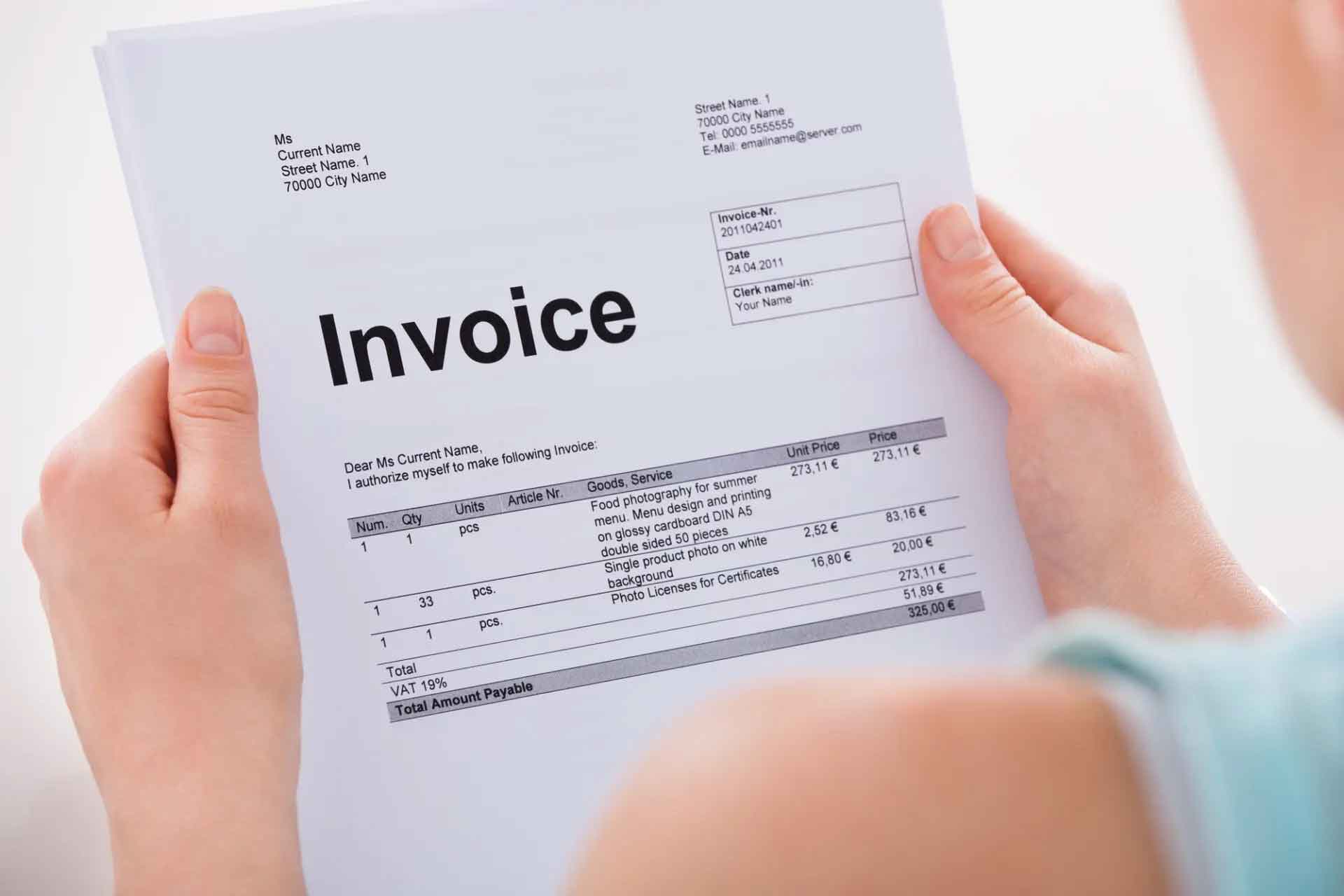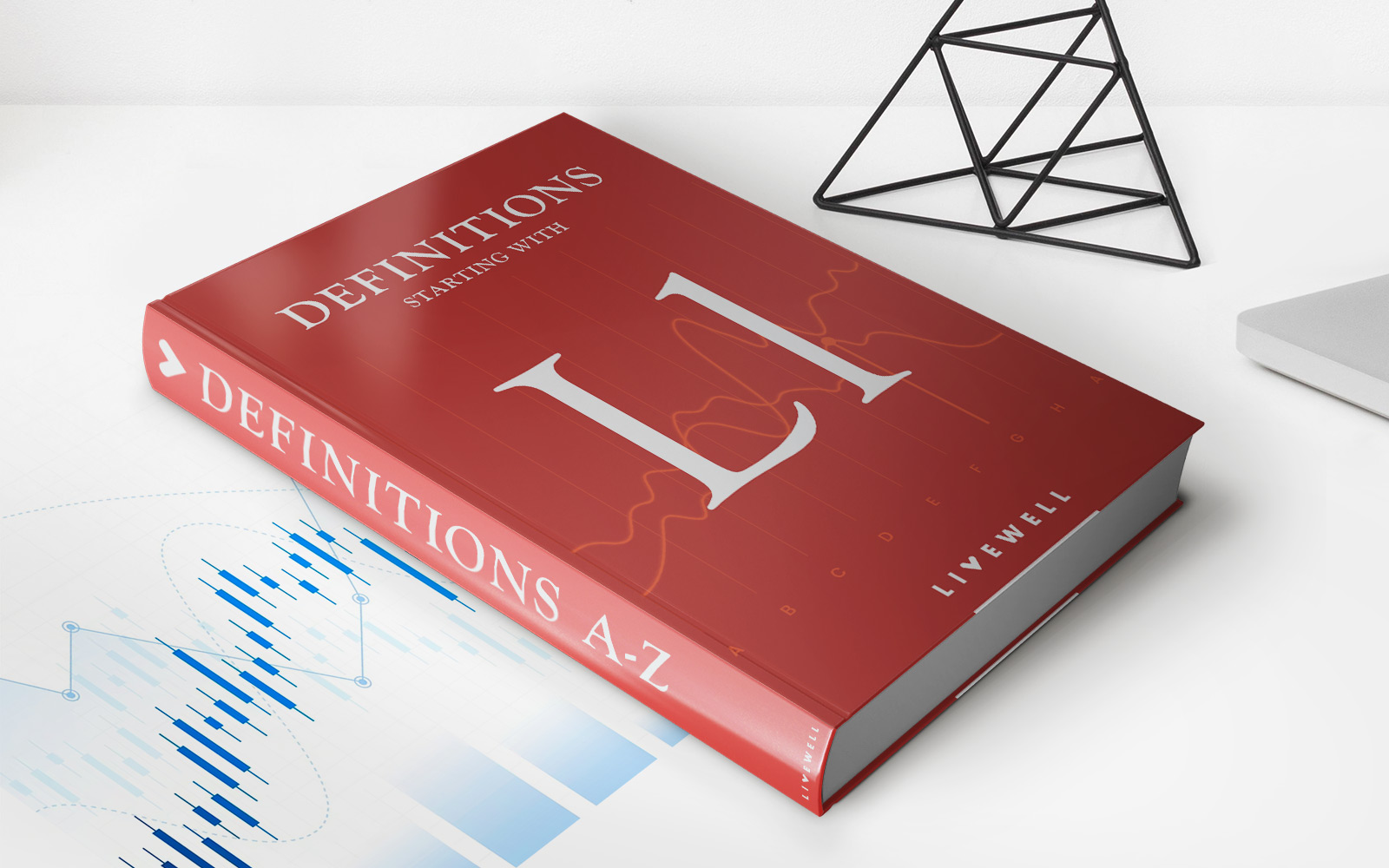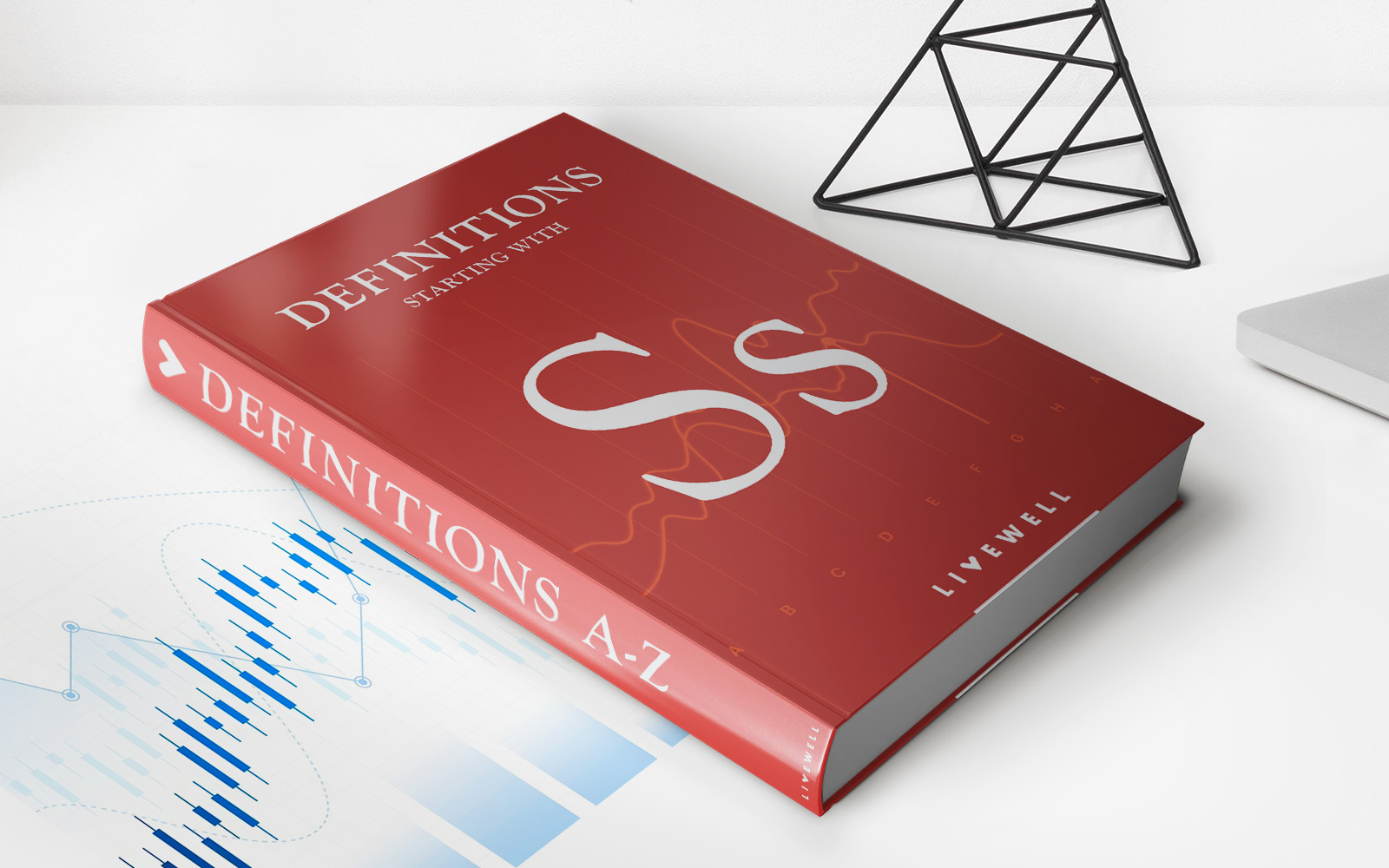

Finance
How To Pay Rent On A Credit Card
Modified: December 30, 2023
Learn how to pay your rent using a credit card and manage your finances effectively. Explore the benefits and steps to pay rent with a credit card.
(Many of the links in this article redirect to a specific reviewed product. Your purchase of these products through affiliate links helps to generate commission for LiveWell, at no extra cost. Learn more)
Table of Contents
Introduction
Many people rely on credit cards for their everyday expenses, from groceries to utility bills. But have you ever considered paying your rent with a credit card? While it may not be the most common practice, paying rent with a credit card can offer a range of benefits and conveniences.
In this article, we will explore the advantages of paying rent with a credit card, factors to consider before making the decision, step-by-step instructions on how to pay your rent using a credit card, as well as the fees and limitations involved. Additionally, we will discuss alternative payment methods that may be more suitable for your situation.
Before delving into the specifics, it’s important to note that paying rent with a credit card should only be considered if you have the means to pay off your credit card balance in full each month. Otherwise, the interest charges could outweigh any potential benefits.
Now, let’s take a closer look at why paying rent with a credit card can be advantageous and how it can alleviate some common challenges associated with traditional payment methods.
Benefits of Paying Rent with a Credit Card
Paying rent with a credit card offers several advantages that can make your financial management and monthly budgeting more convenient. Here are some of the key benefits:
- Rewards and Cash Back: One of the main advantages of paying rent with a credit card is the opportunity to earn rewards or cash back. Many credit cards offer incentives such as points or cash back for every dollar spent. By using your credit card to pay your rent, you can accumulate rewards that can be redeemed for travel, merchandise, or even statement credits, effectively lowering your overall expenses.
- Building Credit History: Consistently making rent payments on time and in full can help build a positive credit history. Rental payment information is not automatically reported to credit bureaus, but there are services like RentTrack and ClearNow that allow you to report your rent payments to the credit bureaus, which can help improve your credit score over time.
- Convenience and Flexibility: Paying rent with a credit card offers convenience and flexibility. It eliminates the need for writing and mailing checks or making trips to the bank. You can set up automatic payments, ensuring that your rent is always paid on time. Additionally, credit cards provide a buffer for unexpected expenses or emergencies, allowing you to pay your rent even if you’re temporarily short on cash.
- Financial Tracking and Organization: Using a credit card to pay rent makes it easier to track your expenses and maintain financial organization. Monthly credit card statements provide a detailed breakdown of your spending, making it easier to review and budget your finances. This can be particularly helpful if you’re trying to analyze your spending patterns or identify areas where you can cut back on expenses.
- Potential Rental Rewards: Some landlords or property management companies offer their tenants incentives for paying rent with a credit card. These rewards can range from waived fees to discounts on rent. Check with your landlord or property management company to see if any rewards or benefits are available for paying rent with a credit card.
While there are notable benefits to paying rent with a credit card, it’s important to carefully consider the factors discussed in the next section before making the decision that is right for you.
Factors to Consider Before Paying Rent with a Credit Card
While paying rent with a credit card can provide various benefits and conveniences, there are important factors you should consider before deciding if it’s the right choice for you. Take the following factors into account:
- Landlord Acceptance: Before considering paying rent with a credit card, ensure that your landlord or property management company accepts credit card payments. Some landlords may only accept traditional payment methods, such as checks or direct bank transfers. Reach out to your landlord to confirm their payment policies.
- Transaction Fees: In some cases, landlords or third-party payment processors may charge transaction fees for credit card payments. These fees can vary and may offset any potential rewards or benefits you would gain from paying with a credit card. Calculate the costs of these fees to determine if it’s financially beneficial for you.
- Interest Rates: If you’re unable to pay off your credit card balance in full each month, the interest charges on your rent payment could quickly accumulate. Before using a credit card to pay rent, evaluate the interest rate on your card and consider the impact of carrying a balance.
- Credit Limit and Available Credit: Make sure that your credit card has a sufficient credit limit to cover your rent payment. Additionally, consider how paying rent with a credit card affects your available credit. If it significantly impacts your credit utilization ratio, it could negatively impact your credit score.
- Rewards Program: Review the terms and conditions of your credit card’s rewards program to ensure that paying rent with your card qualifies for rewards. Some credit cards may exclude certain types of payments from earning rewards. It’s important to understand any limitations or restrictions on earning rewards for rent payments.
- Budget and Financial Discipline: Before committing to paying rent with a credit card, assess your financial situation and budgeting habits. Consider if you have the discipline to use the card responsibly and pay off the balance each month. If you tend to carry a balance or struggle with credit card debt, it may be best to explore alternative payment options.
By carefully considering these factors, you can make an informed decision about whether paying rent with a credit card aligns with your financial goals and circumstances. In the next section, we will walk you through the steps on how to pay your rent using a credit card.
Steps to Pay Rent on a Credit Card
If you’ve decided to pay your rent with a credit card, here are the step-by-step instructions to guide you through the process:
- Confirm Acceptance: Ensure that your landlord or property management company accepts credit card payments. Reach out to them to verify their preferred payment methods and any associated fees or requirements.
- Select a Credit Card: Choose the credit card you want to use for your rent payment. Consider factors such as rewards programs, cash back offers, and any other benefits that align with your financial goals.
- Determine Payment Method: Identify the payment method the landlord or property management company prefers for credit card transactions. They may have an online portal, payment processor, or specific instructions for paying with a credit card.
- Set Up Automatic Payments (if available): If the option is available, consider setting up automatic payments to ensure your rent is paid on time each month. This can help avoid late fees or missed payments.
- Enter Payment Information: Enter the required payment information, including the amount you want to pay, your credit card details, and any additional required information (such as your rental unit number).
- Review and Confirm: Before submitting your payment, double-check all the entered information to ensure its accuracy. Verify the payment amount and any associated fees to avoid any surprises.
- Submit Payment: Once you’re confident that all the information is correct, submit your payment using the chosen payment method. You may receive a confirmation email or receipt as proof of payment.
- Keep Records: Maintain records of your rent payments made via credit card. Keep copies of the payment confirmation, receipts, and any communication related to the transactions.
It’s important to stay on top of your credit card payments and monitor your credit card statement to ensure everything is accurately reflected. By following these steps, you can successfully pay your rent with a credit card and take advantage of the associated benefits.
Fees and Limitations of Paying Rent with a Credit Card
While paying rent with a credit card can be convenient and rewarding, it’s crucial to be aware of the potential fees and limitations involved. Here are some important factors to consider:
- Transaction Fees: Some landlords or property management companies may charge a transaction fee for credit card payments. These fees typically range from 2% to 3% of the total rent amount. Calculate the transaction fee and evaluate whether the rewards or benefits outweigh the extra cost.
- Credit Card Interest: If you carry a balance on your credit card and are unable to pay off the rent charge in full each month, interest charges will apply. The interest rate can range from moderate to high depending on the credit card terms. It’s essential to factor in this cost and assess whether it is financially sustainable for you.
- Credit Limit Restrictions: Consider the credit limit on your card and ensure it is enough to cover your monthly rent payment. If your rent exceeds your credit limit, you may need to explore alternative payment methods or request a credit limit increase from your credit card issuer.
- Rewards Exclusions: Some credit cards exclude certain types of payments, including rent, from earning rewards or bonuses. Review your credit card’s terms and conditions to ensure that paying rent with your card qualifies for any rewards or benefits that are important to you.
- Landlord Acceptance: Not all landlords or property management companies accept credit card payments. It’s vital to confirm with your landlord before assuming that credit card payment is an option. If credit card payments are not accepted, consider alternative methods such as checks, electronic bank transfers, or money orders.
- Credit Score Impact: While paying rent with a credit card can help build credit history, it can also affect your credit utilization ratio. If your credit utilization ratio, which compares your available credit to your credit card limit, becomes too high due to large rent payments, it may negatively impact your credit score. Monitor your credit utilization and ensure you stay within a healthy range.
Understanding the fees and limitations associated with paying rent using a credit card is crucial for making an informed decision. Consider your financial situation, credit card terms, and the overall costs involved to determine if paying rent with a credit card is the right choice for you.
Alternatives to Paying Rent with a Credit Card
While paying rent with a credit card can offer convenience and rewards, it’s important to explore alternative payment methods that may better suit your financial situation. Here are some alternatives to consider:
- Traditional Check: Writing a personal check is a common and straightforward way to pay rent. Ensure you have enough funds in your bank account to cover the rent amount and deliver the check to your landlord or send it via mail before the due date.
- Electronic Bank Transfer: Setting up an electronic bank transfer or recurring payment allows you to automate rent payments. Coordinate with your landlord to set up a direct deposit or use online banking services to initiate the transfer on a scheduled basis.
- Money Order or Cashier’s Check: If your landlord doesn’t accept personal checks or prefers more secure payment methods, you can obtain a money order or cashier’s check from your bank or a post office. These payment types are typically accepted as guaranteed funds.
- Online Payment Services: There are various online payment services available, such as PayPal, Zelle, or Venmo, that you can utilize to send rent payments directly to your landlord. Ensure that your landlord is willing to accept payments through these platforms.
- Bill Pay Services: Many banks offer bill pay services that allow you to set up recurring payments directly from your checking account. You can schedule your rent payment to be automatically sent to your landlord each month without the need for paper checks.
- Rental Payment Apps: There are several rental payment apps, such as Cozy, RentPayment, and RentMoola, that facilitate electronic rent payments. These apps often provide additional features like rent tracking, expense splitting, and digital lease signing.
- Money Transfer Apps: Money transfer apps like TransferWise or Wise can be used to send international rent payments securely and efficiently, avoiding the high fees associated with international wire transfers.
Each alternative payment method has its own advantages and considerations. Evaluate the fees, accessibility, convenience, and security of these options to determine the best fit for your needs. Discuss the available options with your landlord to ensure they are willing to accept your chosen payment method.
Remember, regardless of the method you choose, it’s essential to keep a record of your rental payments and maintain open communication with your landlord to ensure a smooth and transparent payment process.
Conclusion
Paying rent with a credit card can offer a range of benefits, such as earning rewards, building credit history, and providing convenience and flexibility. However, it’s essential to carefully consider factors such as transaction fees, credit card interest rates, and your ability to responsibly manage credit card debt.
Before deciding to pay rent with a credit card, confirm that your landlord accepts credit card payments and evaluate any associated transaction fees. Be mindful of your credit limit and the impact on your credit utilization ratio. Furthermore, review your credit card’s rewards program to determine if paying rent qualifies for rewards or cash back.
If paying rent with a credit card isn’t feasible or doesn’t align with your financial goals, consider alternatives such as traditional checks, electronic bank transfers, money orders, or online payment services. Each method has its own advantages and considerations, so choose the option that works best for you.
By weighing the benefits and limitations, understanding the fees involved, and exploring alternative payment methods, you can make an informed decision when it comes to paying your rent.
Remember, the key is to maintain open communication with your landlord and prioritize financial responsibility. Whichever method you choose, ensure that you pay your rent in a timely manner to maintain a positive landlord-tenant relationship and achieve financial stability.
Ultimately, paying rent with a credit card can be a viable solution for individuals who want to take advantage of rewards and simplify their payment process. Just be sure to assess your financial situation, consider the specific terms of your credit card, and make an informed decision based on what works best for you.














